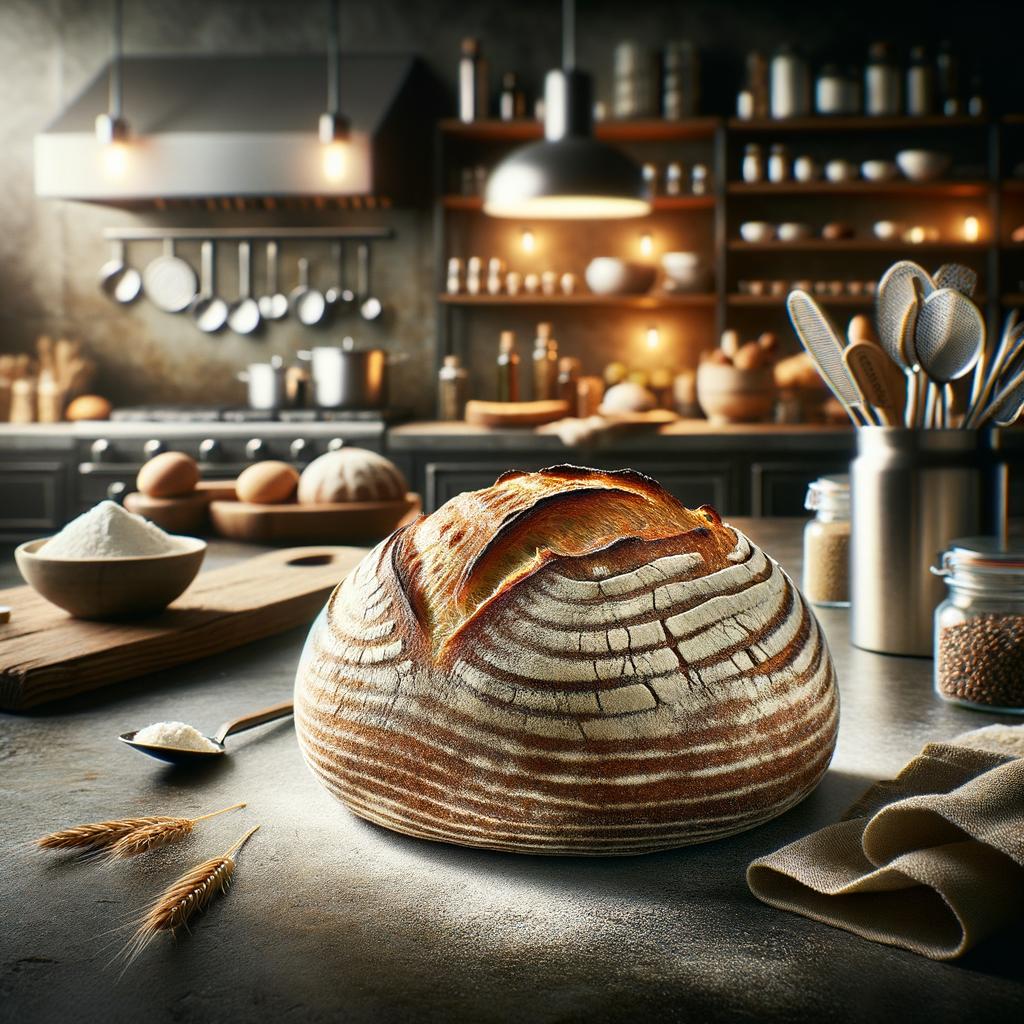Italian Bread

Description
Italian bread, a staple in Italian cuisine, is a delightful ingredient that has a charm of its own. Its crust is characteristically golden brown and crispy, giving way to a soft, airy interior. The texture is light, yet sturdy enough to hold up to hearty fillings and sauces. The flavor profile is subtly sweet, but predominantly neutral, making it a versatile ingredient that can complement both sweet and savory dishes. What sets Italian bread apart from its counterparts is its elongated, somewhat flat shape and the distinct scoring on top, a characteristic that results from the unique method of its preparation.
Primary Uses
Italian bread is typically used as a base for a variety of dishes in Italian cuisine. It's commonly sliced and served alongside pasta dishes, used as a base for bruschetta, or filled with meats, cheeses, and vegetables to make hearty sandwiches. Additionally, it's often torn into chunks and added to salads, like the classic Panzanella, or dried and ground into breadcrumbs. Beyond its culinary uses, Italian bread holds significant cultural importance. It's often used in religious ceremonies and is a symbol of prosperity and good fortune in many Italian traditions.
History
The history of Italian bread dates back to ancient Roman times, where it was considered a staple food item. Bread was so important in Roman society that a dole of free bread was given to the poor, a practice that continued for hundreds of years. Over time, different regions of Italy began creating their own unique versions of the bread, leading to the wide variety we see today. There's a romantic story from the middle ages of a baker who scored his bread to let the evil spirits escape, a practice that has continued to this day, giving Italian bread its distinctive appearance.
Nutritional Information
Italian bread is a good source of carbohydrates, the body's primary source of energy. It also contains small amounts of protein and fiber, and is low in fat. In terms of vitamins, it provides some B vitamins, particularly folate and thiamin. However, like most breads, it's also high in sodium and should be eaten in moderation as part of a balanced diet. Compared to whole grain breads, Italian bread has a lower fiber content and fewer nutrients, but it's still a satisfying and versatile ingredient that can be part of a healthy diet when used appropriately.

